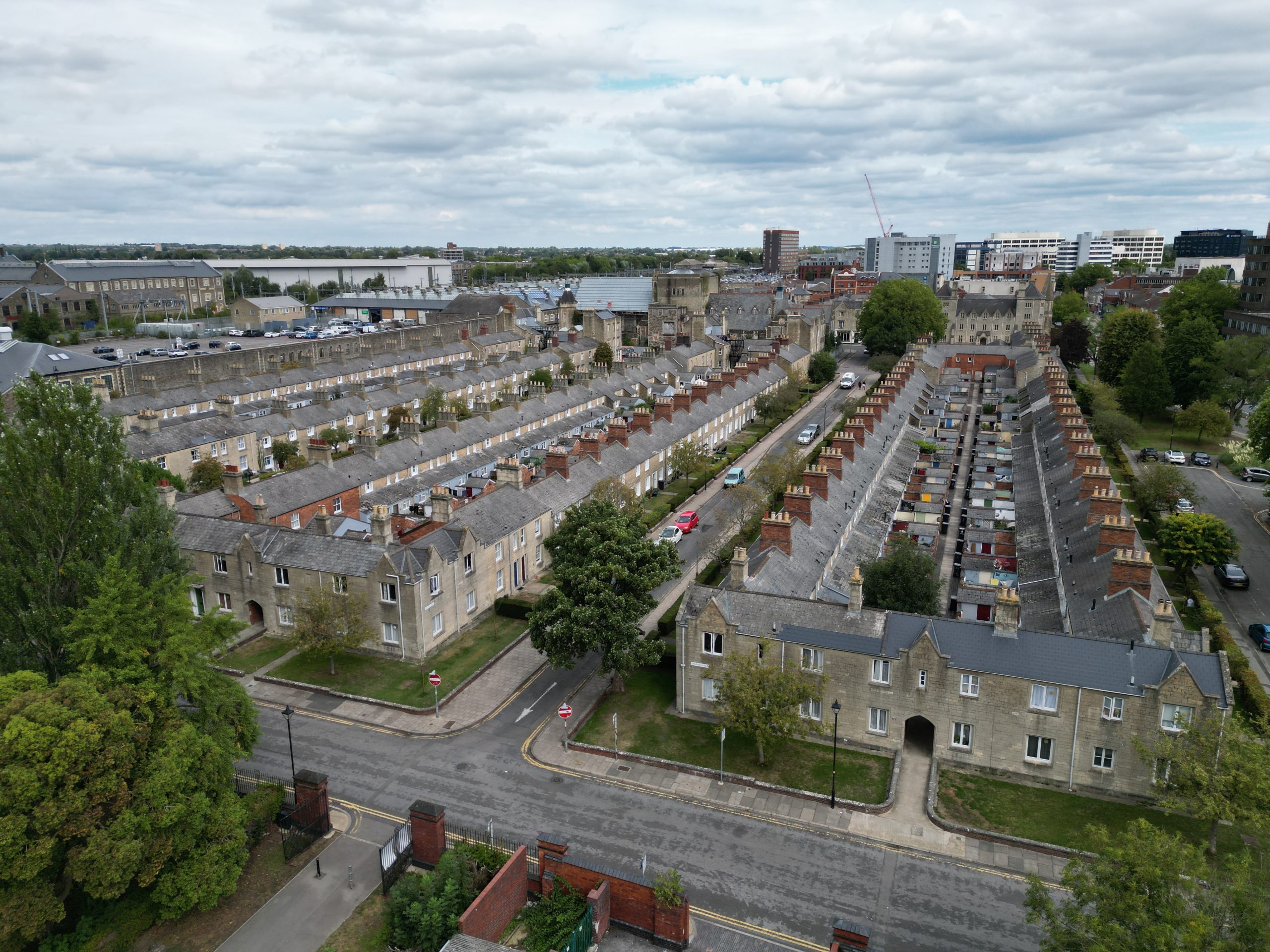Move More High Peak
- April 2025
We use cookies to help you navigate efficiently and perform certain functions. You will find detailed information about all cookies under each consent category below.
The cookies that are categorized as "Necessary" are stored on your browser as they are essential for enabling the basic functionalities of the site. ...
Necessary cookies are required to enable the basic features of this site, such as providing secure log-in or adjusting your consent preferences. These cookies do not store any personally identifiable data.
Functional cookies help perform certain functionalities like sharing the content of the website on social media platforms, collecting feedback, and other third-party features.
Analytical cookies are used to understand how visitors interact with the website. These cookies help provide information on metrics such as the number of visitors, bounce rate, traffic source, etc.
Performance cookies are used to understand and analyze the key performance indexes of the website which helps in delivering a better user experience for the visitors.
Advertisement cookies are used to provide visitors with customized advertisements based on the pages you visited previously and to analyze the effectiveness of the ad campaigns.

Rooftop Inspections by Drone
Modernisation in the field of social housing is often marked by the creation of intangible benefits that go far beyond mere cost savings and operational efficiency. One such example is the introduction of drones for our social housing roofing inspections, an imaginative move committed to enhancing how we support our tenants and improving the efficiency of operations.
This was a collaborative cross-Council effort along with, all important, engagement with and support from tenants, residents and members.
The roofing team’s major business challenges were:
Sarah Peña
Head of Emerging Technology, Business Improvement & Web
Swindon Borough Council